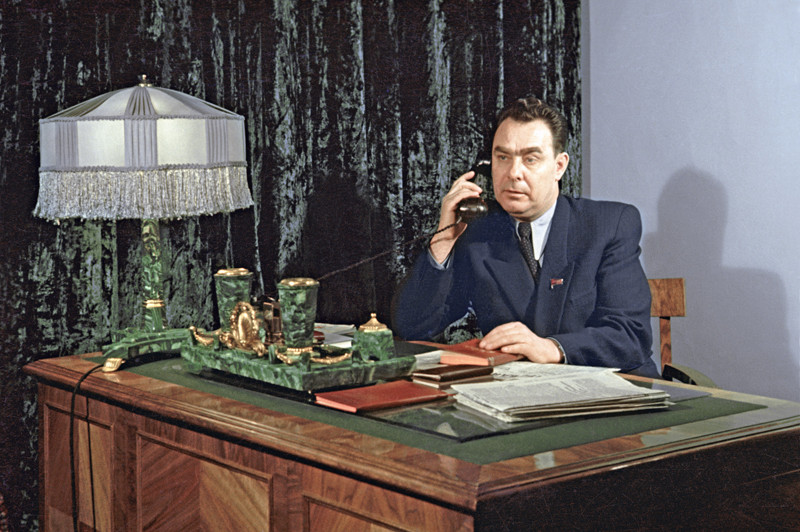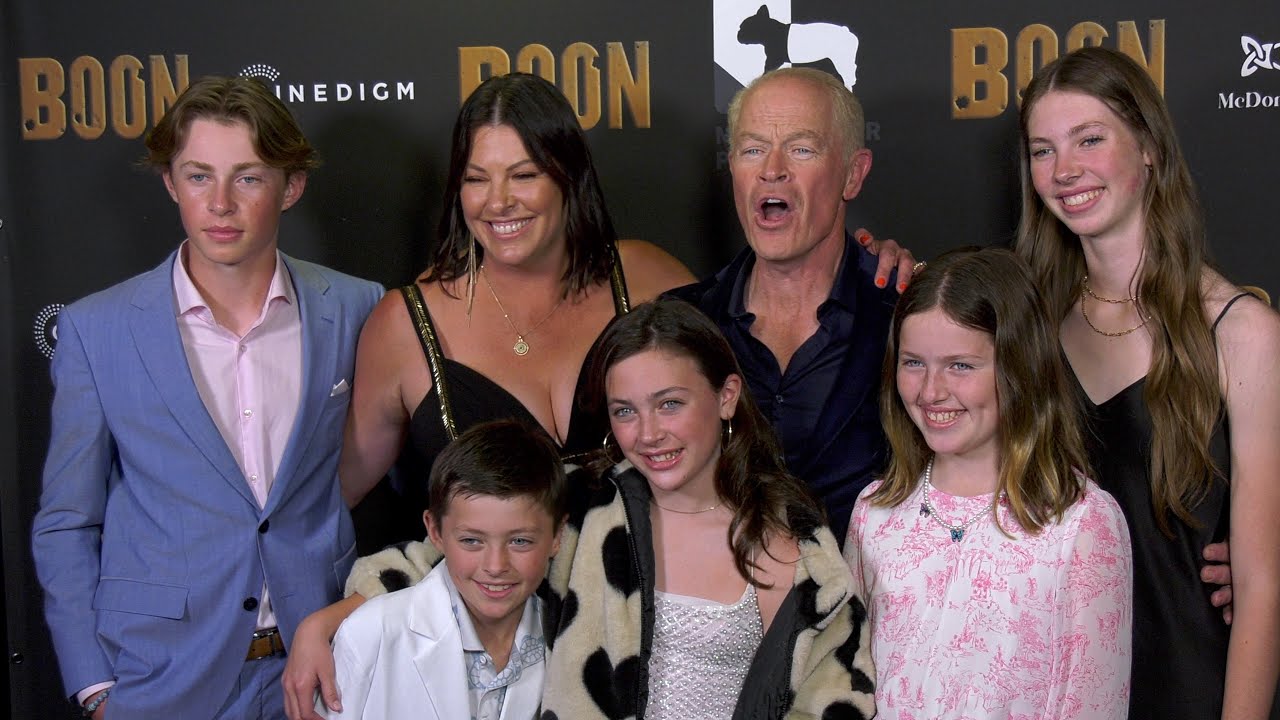Analyzing The Impact Of Federal Funding Cuts On Museum Operations

Table of Contents
Reduced Exhibition Programming and Accessibility
Federal funding cuts directly impact a museum's ability to curate and present engaging exhibitions. The creation and display of new museum exhibitions are expensive endeavors, relying heavily on grants and public support. Reduced funding translates to:
- Fewer traveling exhibits: The cost of transporting and insuring large-scale exhibitions often exceeds the budget of museums facing funding limitations, resulting in fewer opportunities for the public to experience diverse cultural offerings.
- Reduced frequency of temporary exhibitions: Museums may be forced to reduce the number of temporary exhibitions they host annually, limiting the variety and scope of their programming and potentially leading to decreased visitor numbers.
- Limited accessibility for diverse communities: Outreach programs, designed to make museums accessible to underrepresented groups, are often the first casualties of budget cuts. This limits public access to cultural resources and perpetuates inequalities in cultural engagement.
- Potential for closure of smaller galleries or exhibit spaces: Facing budget constraints, museums may be forced to close down less popular or less profitable exhibit spaces, leading to the loss of valuable displays and reduced overall exhibition space.
This reduction in exhibit programming and public access directly affects museum attendance and public engagement, ultimately diminishing the cultural impact of these institutions. High-quality museum exhibitions are crucial for fostering cultural understanding and appreciation.
Strained Educational Initiatives and Outreach Programs
Museums play a critical role in education, offering valuable learning experiences for both children and adults. However, federal funding cuts significantly strain museum education and outreach programs. The consequences include:
- Cuts to school field trip funding and related support: Reduced funding directly impacts the ability of schools to organize educational field trips, limiting students' access to enriching museum experiences.
- Reduction in staff dedicated to educational outreach: Fewer educators mean fewer workshops, guided tours, and interactive programs, diminishing the effectiveness of museum educational efforts.
- Fewer public lectures, workshops, and community events: Community engagement initiatives, crucial for fostering a sense of belonging and shared cultural heritage, are often reduced or eliminated entirely.
- Decreased online educational resources and virtual tours: The creation and maintenance of online resources, including virtual tours and educational materials, require significant investment, often unavailable under reduced budgets.
These cuts have profound long-term impacts on public education and engagement with history and culture, diminishing the vital role museums play in shaping informed and engaged citizens.
Compromised Collection Preservation and Maintenance
Museum collections represent irreplaceable historical and cultural heritage. Maintaining these collections requires significant resources for conservation and preservation. Federal funding cuts directly jeopardize these essential efforts:
- Reduced funding for conservation efforts and restoration projects: Without adequate funding, vital conservation treatments for fragile artifacts are delayed or canceled, leading to increased risk of deterioration and damage.
- Delayed or canceled preservation treatments for artifacts: This directly threatens the long-term survival of irreplaceable artifacts, potentially leading to the permanent loss of cultural treasures.
- Increased risk of deterioration and damage to irreplaceable items: Improper storage and lack of preventative conservation measures can lead to irreversible damage to valuable collections.
- Potential loss of historical and cultural heritage: The cumulative effect of these issues represents a significant threat to the preservation of our shared cultural heritage for future generations. Effective collection preservation is paramount.
Impact on Museum Staff and Workforce
Federal funding cuts directly impact museum staff and workforce, resulting in a diminished capacity to deliver high-quality services. The consequences are:
- Layoffs and reduced working hours for museum employees: Budget cuts often lead to staff reductions, impacting the museum's ability to deliver its mission effectively.
- Increased workload for remaining staff members: Reduced staff often means increased workloads for those who remain, leading to burnout and reduced morale.
- Negative impact on staff morale and expertise: Job insecurity and increased pressure significantly affect employee morale and may lead to the loss of skilled professionals.
- Difficulties in attracting and retaining qualified personnel: Competitive salaries and career opportunities are crucial for attracting and retaining qualified museum professionals; budget cuts hinder these efforts.
This instability in the museum workforce directly affects the quality of museum services and long-term sustainability.
Exploring Alternative Funding Strategies
Museums are actively seeking alternative funding strategies to compensate for reduced federal support. However, these options often present challenges:
- Increased reliance on private donations and grants: Securing private donations and grants is time-consuming and competitive, often failing to provide the consistent and sufficient funding needed for sustainable operations.
- Challenges in securing consistent and sufficient funding: The reliance on unpredictable funding sources creates instability and hinders long-term planning.
- Development of new fundraising initiatives and strategies: Museums are constantly innovating to attract new funding sources, but this requires significant effort and resources.
- Exploring partnerships with corporations and other organizations: Partnerships can help diversify revenue streams, but navigating these relationships requires considerable time and effort.
While these strategies are vital, they are often insufficient to fully offset the impact of federal funding cuts.
Securing the Future of Museums: Addressing the Impact of Federal Funding Cuts
The analysis presented clearly demonstrates the significant negative effects of federal funding cuts on museum operations. Reductions in funding jeopardize exhibitions, educational programs, collection preservation, and staff stability, ultimately threatening the very existence of many cultural institutions. Museums are not merely repositories of artifacts; they are vital community centers, educational hubs, and guardians of our shared cultural heritage. The impact of federal funding directly affects their ability to fulfill these critical roles.
We must act now to secure the future of museums. We urge readers to advocate for increased federal funding for museums and support initiatives that promote the preservation of cultural heritage. Contact your representatives, donate to your local museums, volunteer your time – every action counts. Let's work together to mitigate the impact of federal funding cuts and ensure that our museums continue to thrive, enriching our lives and preserving our collective history for generations to come. Let's protect our cultural heritage and ensure adequate museum funding for years to come.

Featured Posts
-
 Canadian Automotive Leaders Urge Bold Response To Trump Administration
May 24, 2025
Canadian Automotive Leaders Urge Bold Response To Trump Administration
May 24, 2025 -
 Amsterdam Stock Exchange Plunges 2 After Trumps Tariff Hike
May 24, 2025
Amsterdam Stock Exchange Plunges 2 After Trumps Tariff Hike
May 24, 2025 -
 Parasal Sans Nisan Ayinda Zenginlesmeye Hazirlanan Burclar
May 24, 2025
Parasal Sans Nisan Ayinda Zenginlesmeye Hazirlanan Burclar
May 24, 2025 -
 Demna At Gucci Analyzing The Creative Direction Change
May 24, 2025
Demna At Gucci Analyzing The Creative Direction Change
May 24, 2025 -
 Brezhnev Ryazanov I Garazh Istoriya Satiry Pod Plenumom
May 24, 2025
Brezhnev Ryazanov I Garazh Istoriya Satiry Pod Plenumom
May 24, 2025
Latest Posts
-
 The Last Rodeo Movie Review Honest Assessment Of A Classic Theme
May 24, 2025
The Last Rodeo Movie Review Honest Assessment Of A Classic Theme
May 24, 2025 -
 The Last Rodeo A Familiar Yet Powerful Story
May 24, 2025
The Last Rodeo A Familiar Yet Powerful Story
May 24, 2025 -
 The Last Rodeo Review A Touching Bull Riding Drama
May 24, 2025
The Last Rodeo Review A Touching Bull Riding Drama
May 24, 2025 -
 Neal Mc Donoughs New Bull Riding Video A Look At The Dedication
May 24, 2025
Neal Mc Donoughs New Bull Riding Video A Look At The Dedication
May 24, 2025 -
 Is Publix Open On Memorial Day 2025 Florida Store Holiday Hours
May 24, 2025
Is Publix Open On Memorial Day 2025 Florida Store Holiday Hours
May 24, 2025
